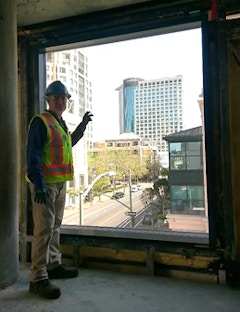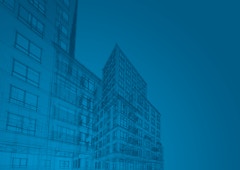
The Net Zero Webinar Series
The Net Zero Webinar Series is an ongoing platform for you to expand your knowledge of innovations and trends in climate, carbon, energy, water, waste, and transit as we work together to build a net zero future for all people.















